As is sometimes the case, the extra-curriculars with Sakamoto Days are more forward-facing than the story itself. In the first place it’s decidedly odd that such a huge commercial hit – one of the biggest in by far the biggest manga magazine in the world – took so long to get an adaptation. At 19 volumes it’s literally one of the longest waits in Weekly Shounen Jump history, and it makes no sense. It sells a ton, fares very well in the table of contents, and is even liked by critics.
As if that weren’t enough, it didn’t appear to be getting the champagne treatment either. Sakamoto Days is not quite as big a hit as Boku no Hero Academia or Haikyuu!! were when their adaptations began (much earlier), but even beyond not going to somebody like Bones or Production I.G., the general perception around this adaptation was “dumpster fire”. Most everyone (including some who claimed to be in the know) said disaster was looming. And the previews did look pretty indifferent. I took a wait and see approach, which I guess is easier to do if you’re not a vested fan of the source material. But TMS is not a shit studio, and director Watanabe Masaki is more than experienced and decently capable.
My verdict is, much ado about nothing. This was perfectly fine, maybe even better than fine. It may not have been a sakuga fest or a stylistic triumph like Nige Jouzu no Wakagimi, but the fight scenes – which everyone agrees are totally critical to this adaptation’s success – were well-drawn and choreographed. They captured the cool factor which manga readers insist is the essence of the series. And those readers seem to agree, as the response from both old and new viewers seems mostly positive. In this instance all that negativity may actually have helped, as it certainly lowered expectations. Things could obviously crater at any time, but there’s certainly no sign of that here.
We did indeed get a double-episode premiere, as is all the fashion these days. Listeners to the “My Taste is Better Than Yours” podcast may know that my co-host Samu is a humongous Sakamoto Days fan – he seemed generally pleased with the premiere(s) – but that doesn’t really apply to me. I read some chapters once upon a time and certainly didn’t dislike them, but I never felt like there was anything special going on. It’s not like we haven’t seen this basic premise a hundred times, but execution obviously matters. Samu himself says the series is style over substance, and I sort of get that here.
Mangaka Suzuki Yuuto famously considers Hunter X Hunter his favorite manga, and I can see that in the tone this series goes for. It has a bit of Spy x Family to it too, in some very obvious ways. The titular Sakamoto Taro (Sugita Tomokazu, who doesn’t have all that much to do), is an ex-hitman who was the best in the business. He’s a superhuman, basically, but that’s no stretch as we also have an esper in the mix. That would be his former partner Asakura Shin (Shimazaki Nobunaga), who gets assigned to take Sakamoto out for daring to leave the business. Which he did after he fell for a convenience store clerk, with whom he eventually had a wedding and a child, and then gained about a hundred pounds.
The deal with Sakamoto is he rarely speaks, though Shin does hear him thinking a lot. His wife Aoi (Touyama Nao) made him promise not to kill anyone ever again. And indeed, to use his powers to save people. Which we see him do a couple of times already, starting with Shin, who’s about to be rubbed out by the family for failing to kill his old sempai and indeed pleading for his life to be spared. He also winds up (with Shin’s help) saving a young girl named Lu Shaotang (Sakura Ayane) whose parents were killed by a Chinatown mob boss after the key she possesses (to the vault holding the clan treasures).
All that is relatively formulaic for this sort of work, but it’s certainly brought off with a fair bit of aplomb. I did wind up liking both Sakamoto and Shin quite a lot, and the action sequences were indeed very good. There were also some pretty funny moments, like Shin slapping pain patches on Sakamoto in the midst of a showdown with the hitman brothers after Lu. No new ground was broken here, but the entertainment level stayed pretty high across both episodes.
This is obviously only the introduction to the story, which will soon move past the chapters I’m familiar with. The staying power of both the story and the production itself is going to be an interesting thing to watch play out. I could see this premise getting pretty repetitive, and cool fight scenes have a limited ceiling as a draw for me (especially when not animated in shock and awe fashion). Then again there’s a twinkle of something a little subversive here, and maybe Suzuki has something more interesting to say than he reveals in this prologue section. We have a two-cour (split) commitment, so if he does the anime has plenty of time to relay it.


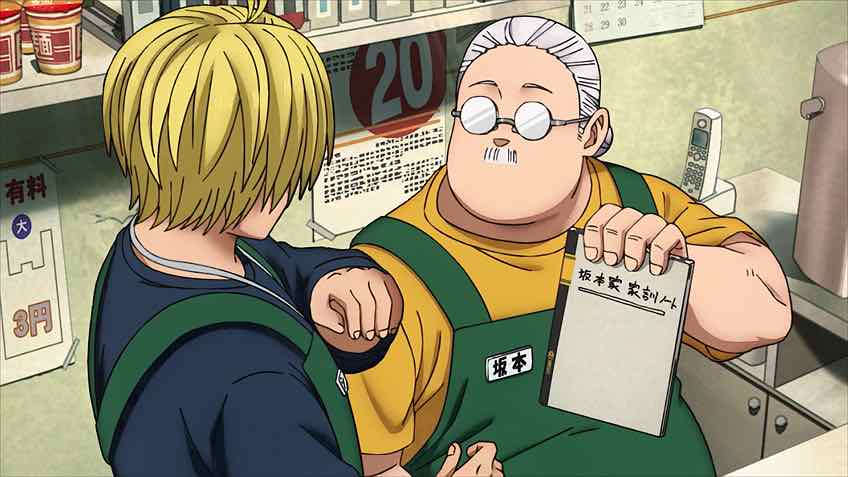
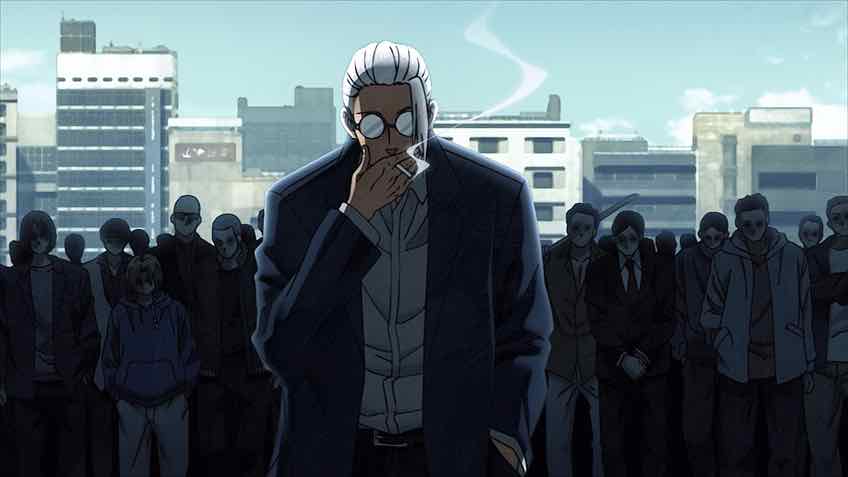
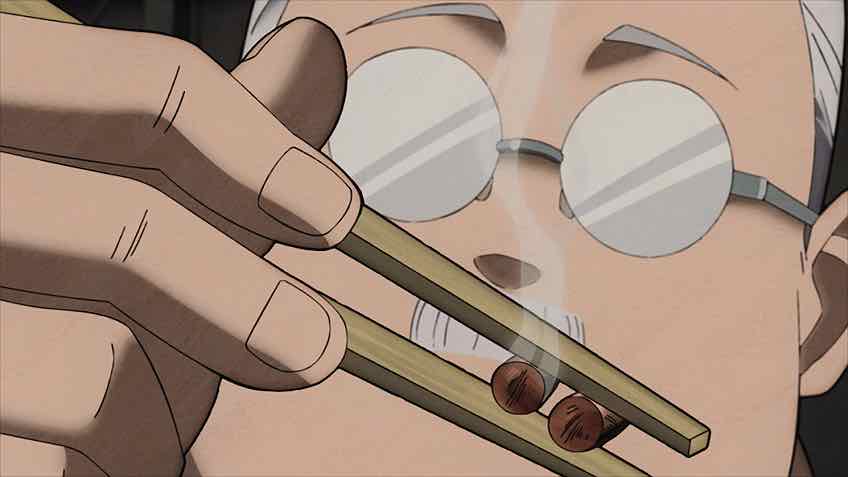
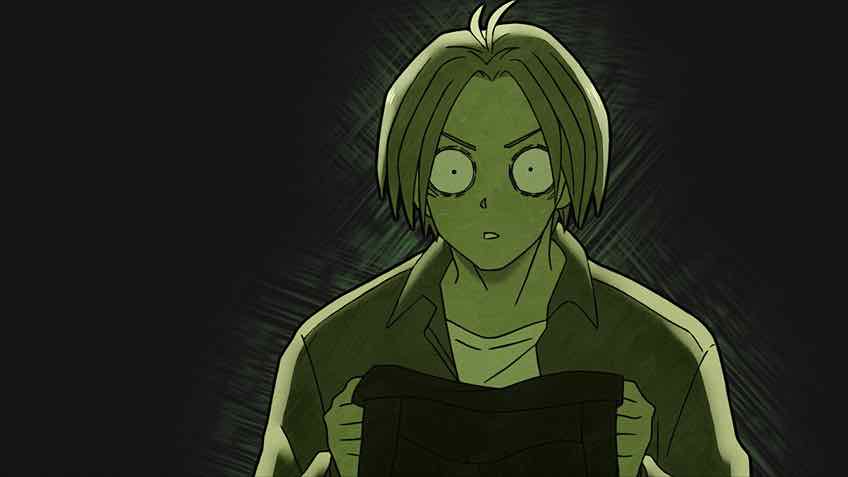

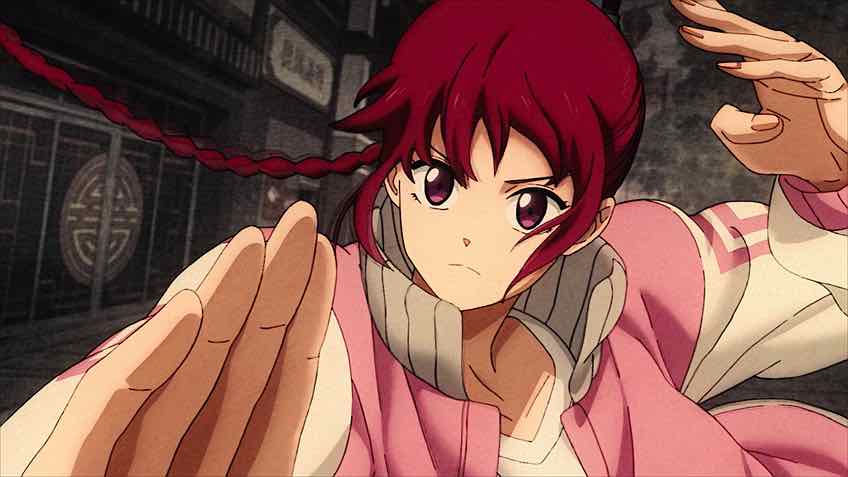
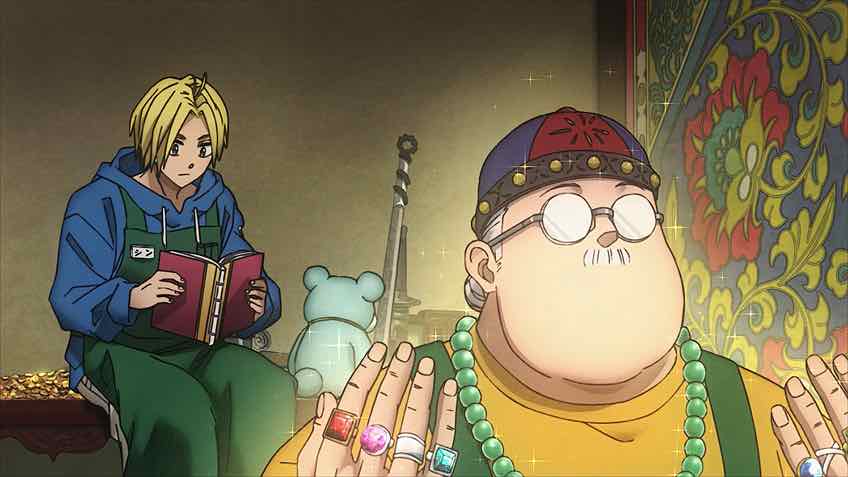
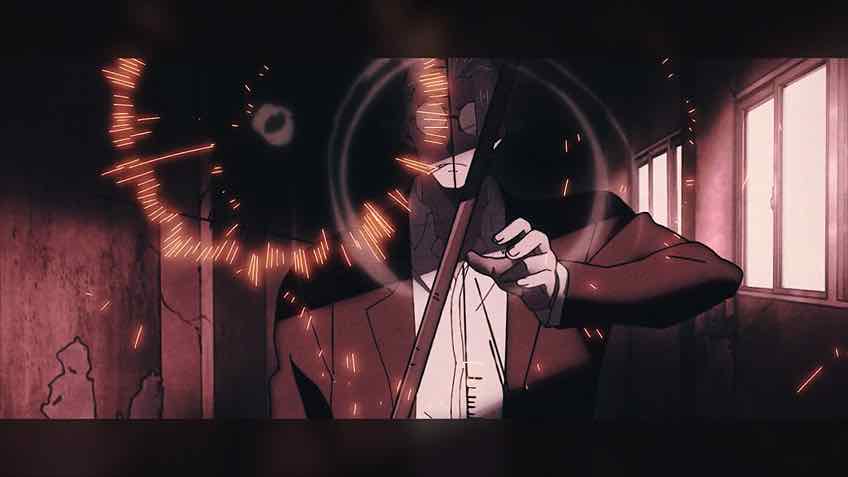

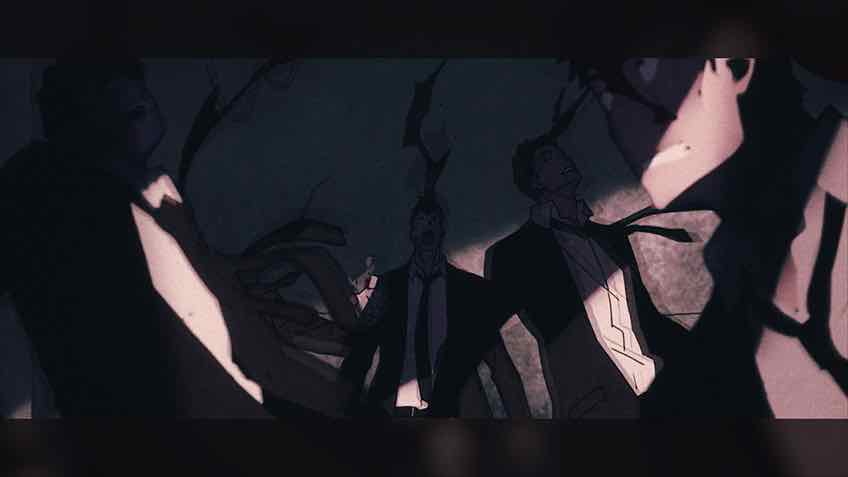

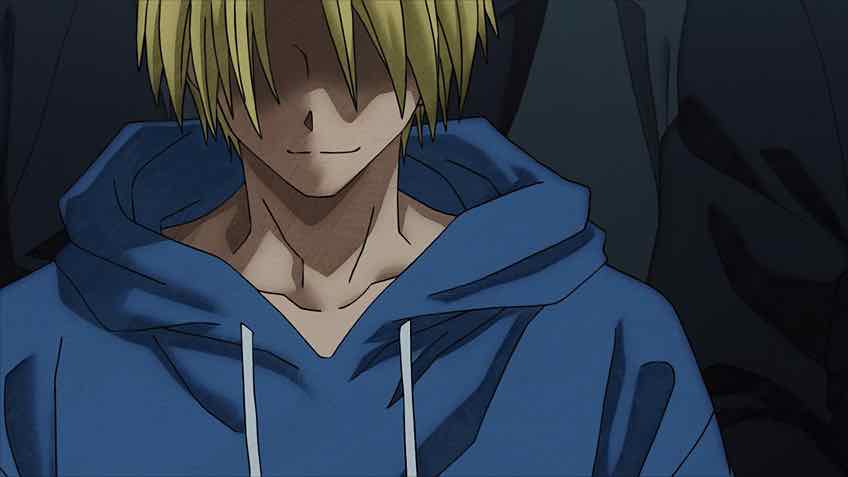


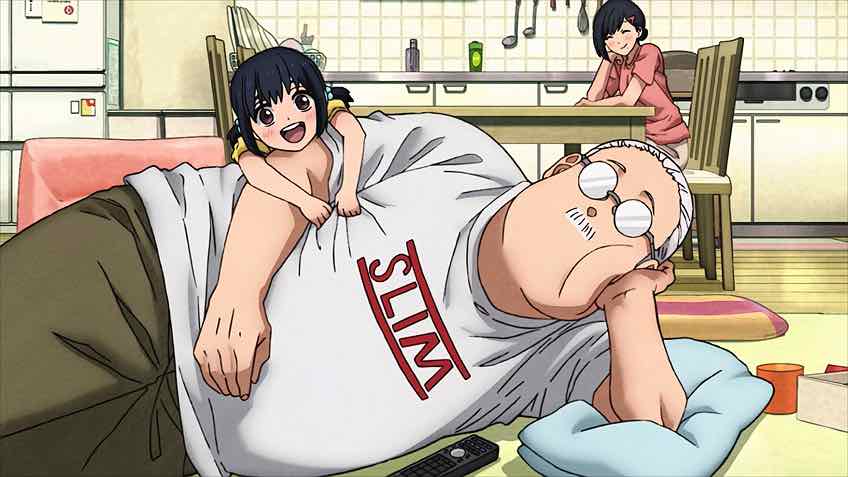
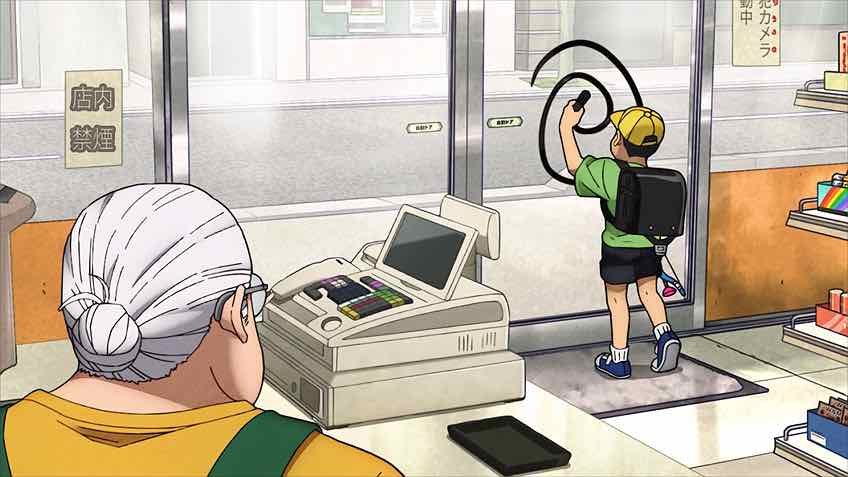
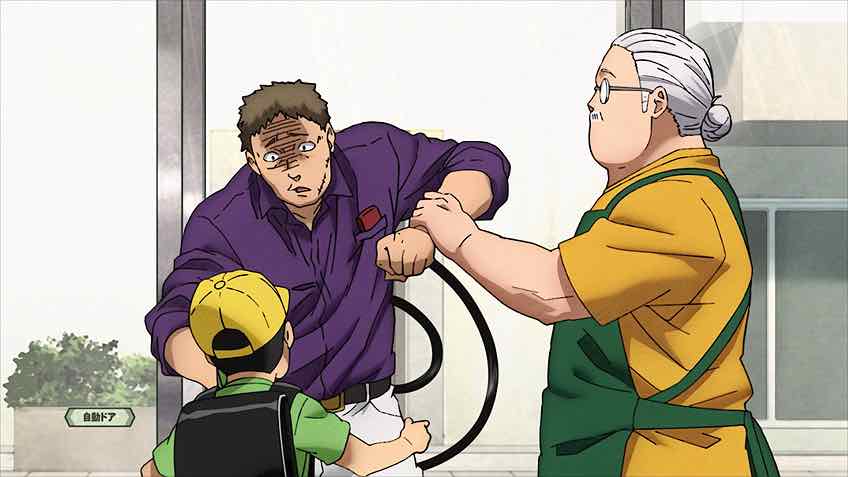


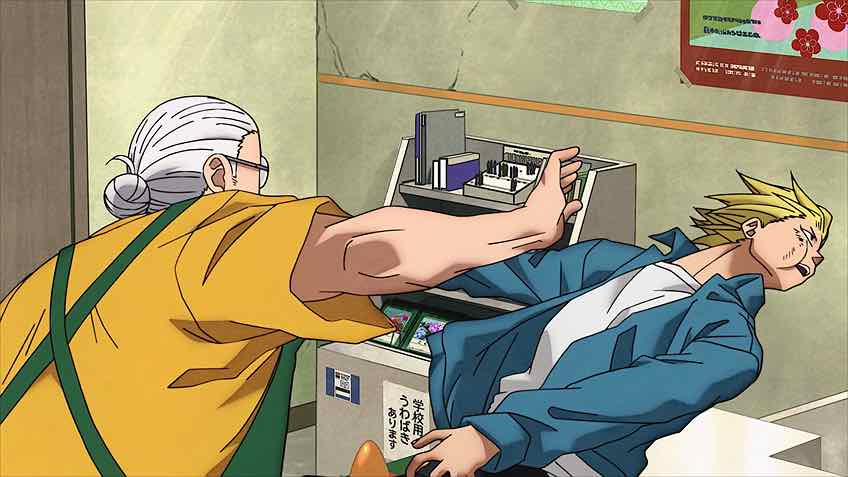
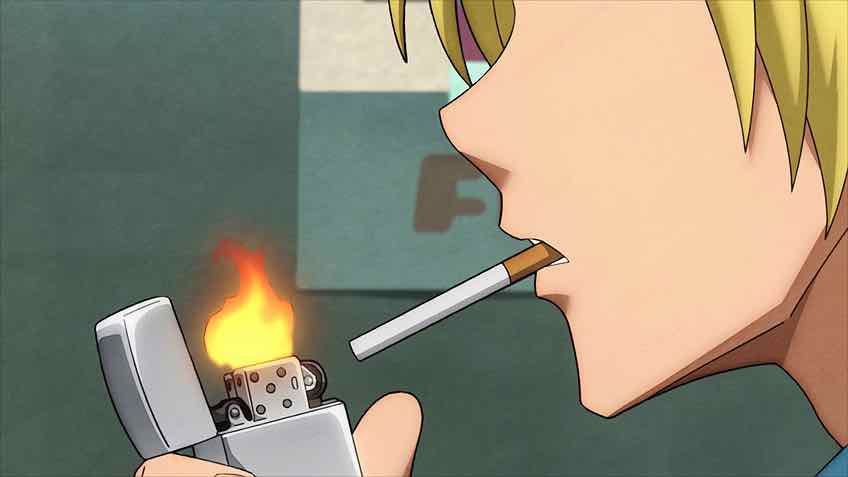
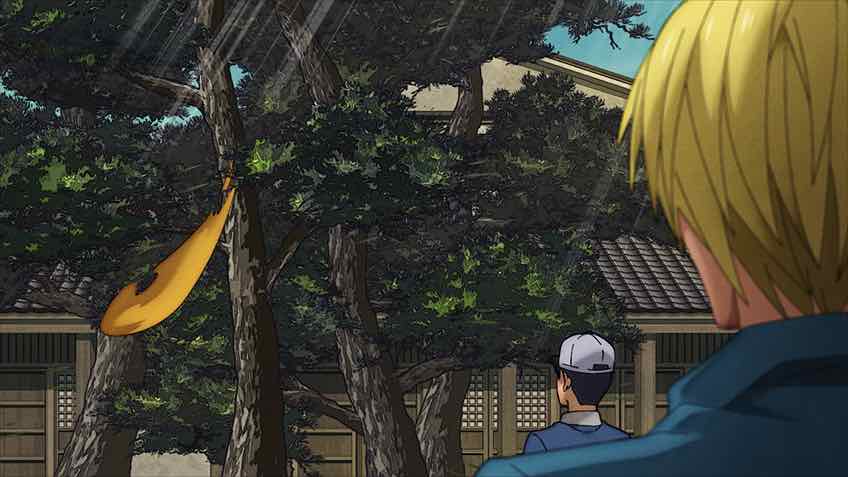
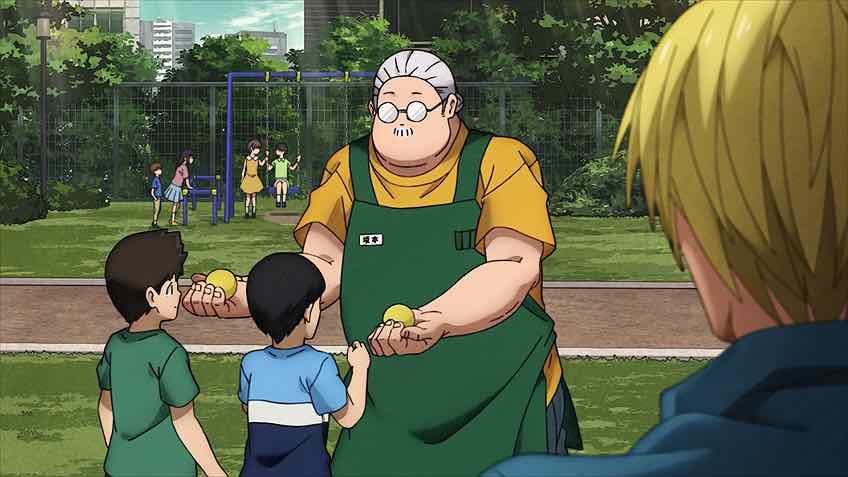
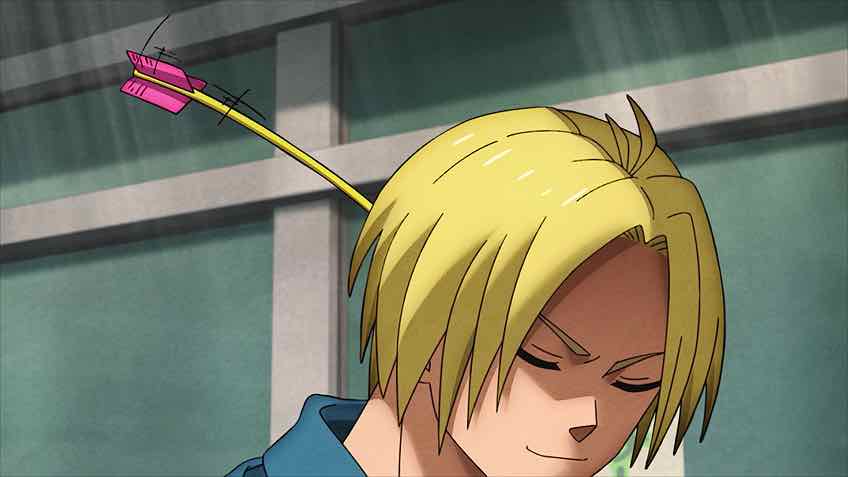

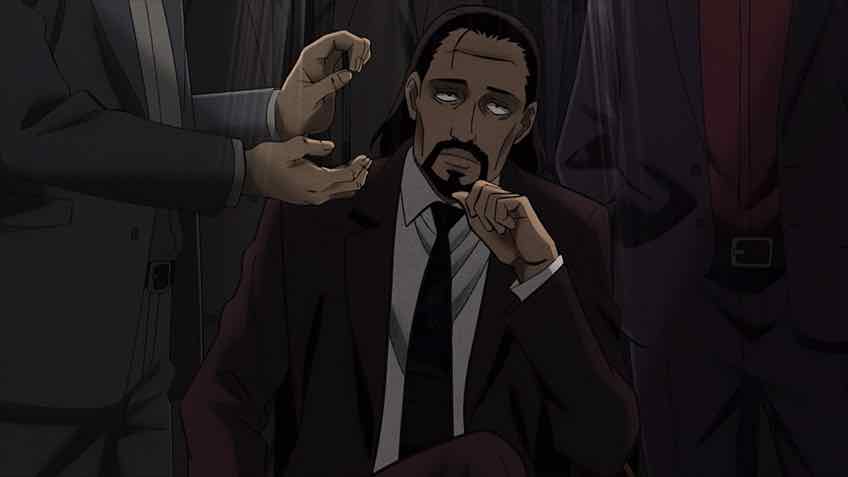

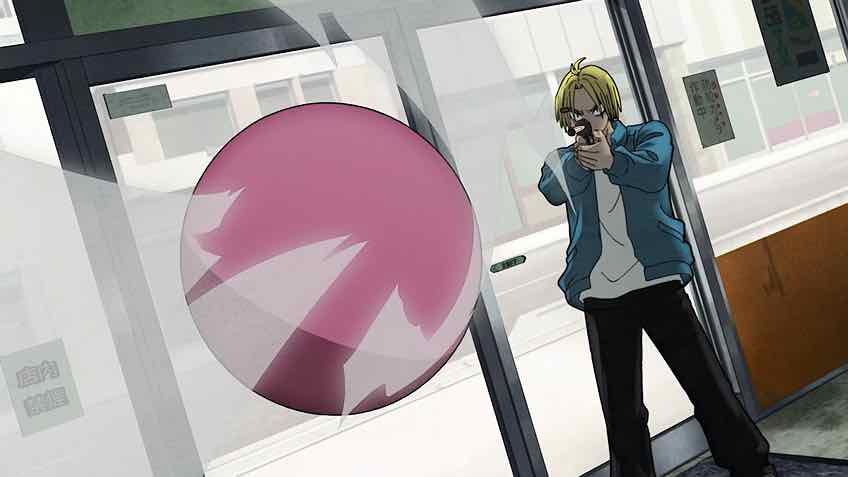
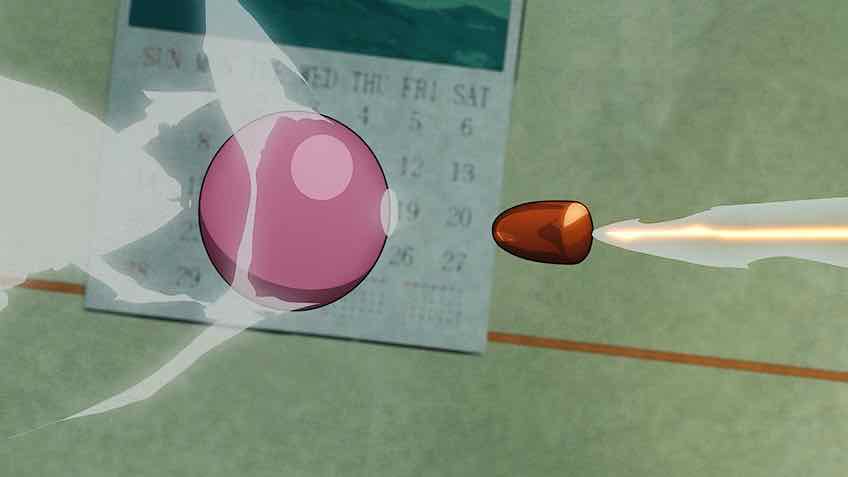
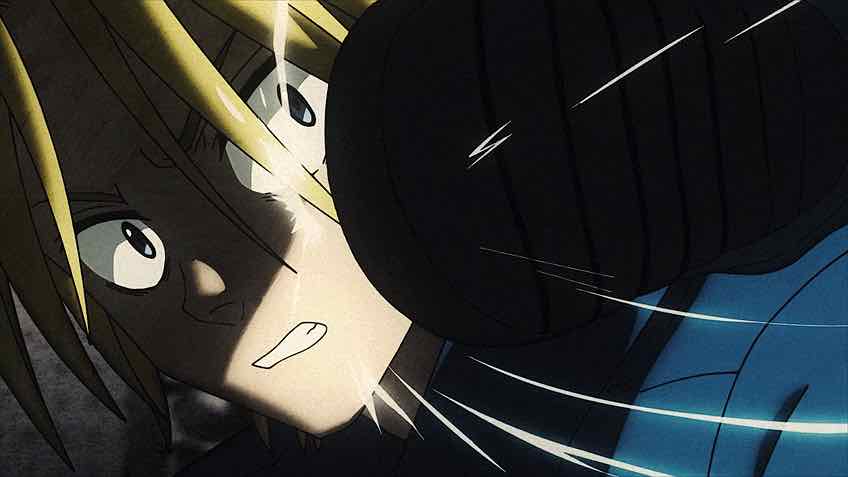
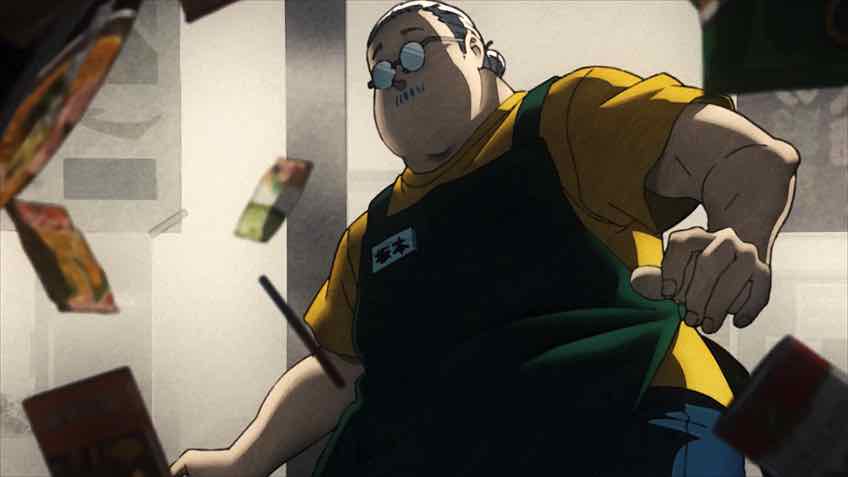
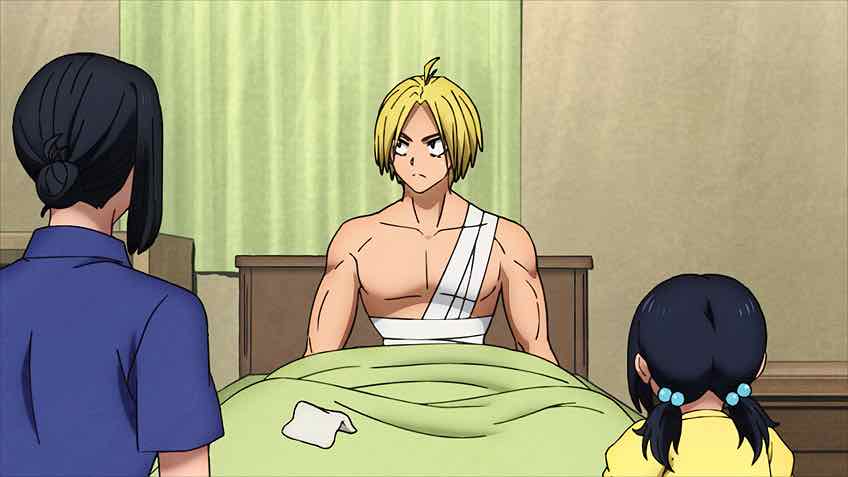


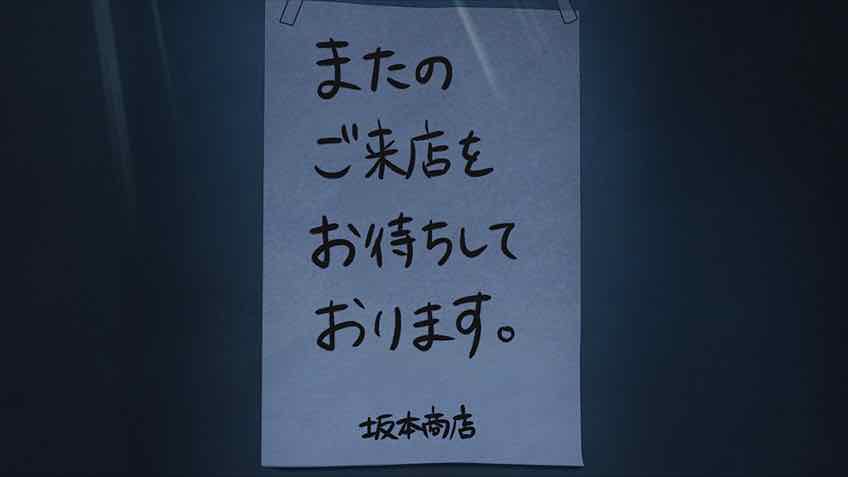
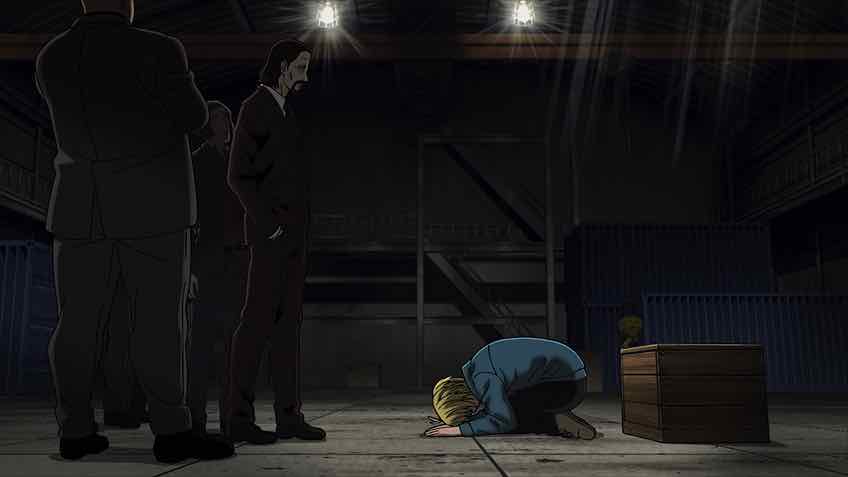
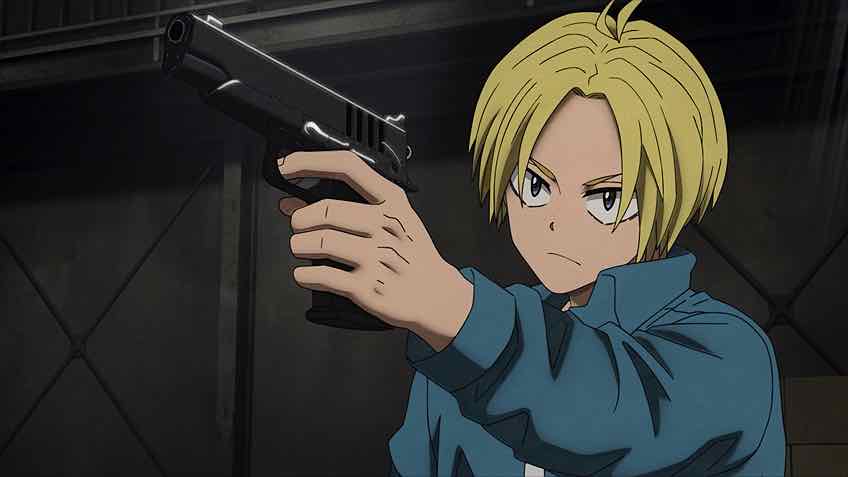
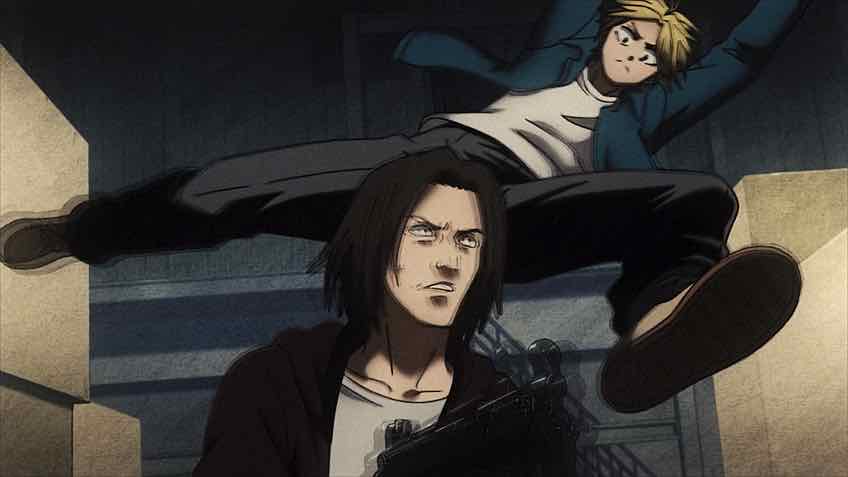
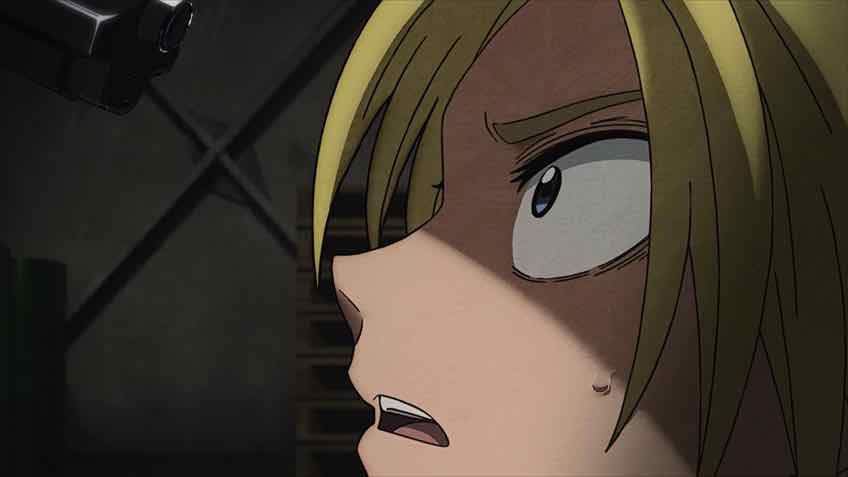
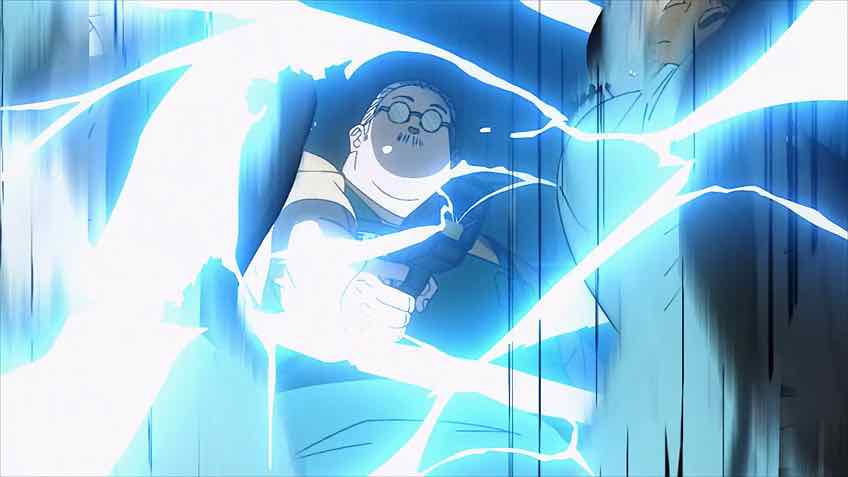
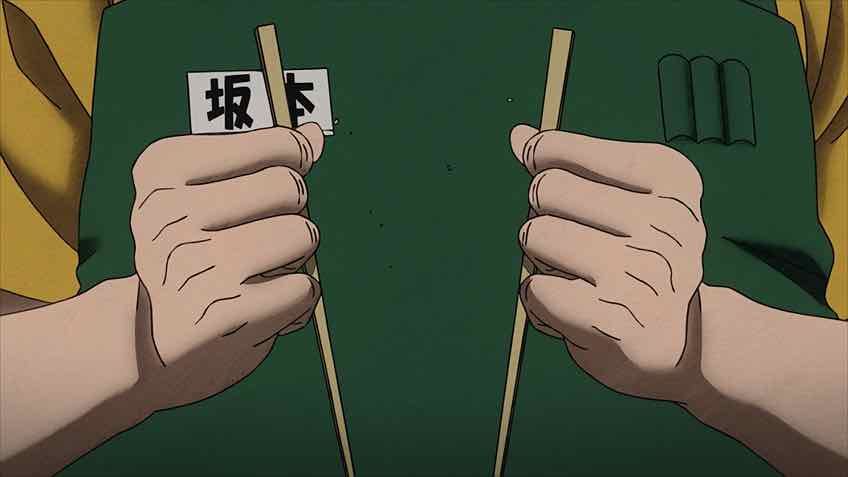
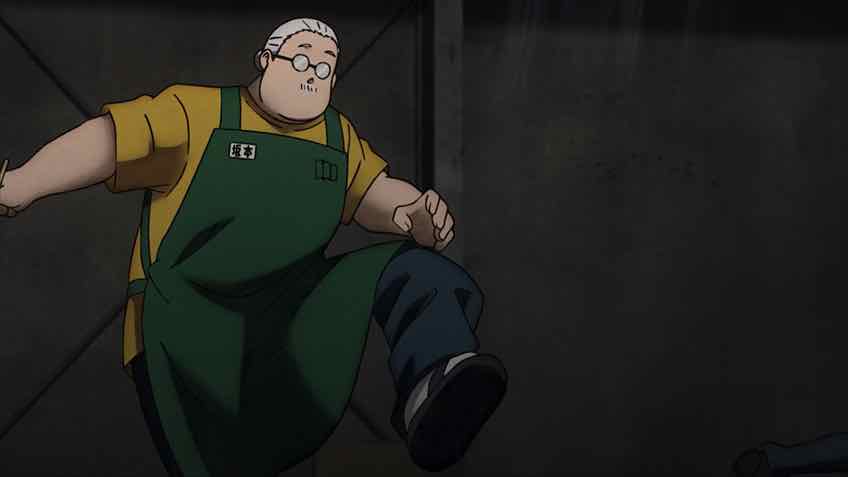
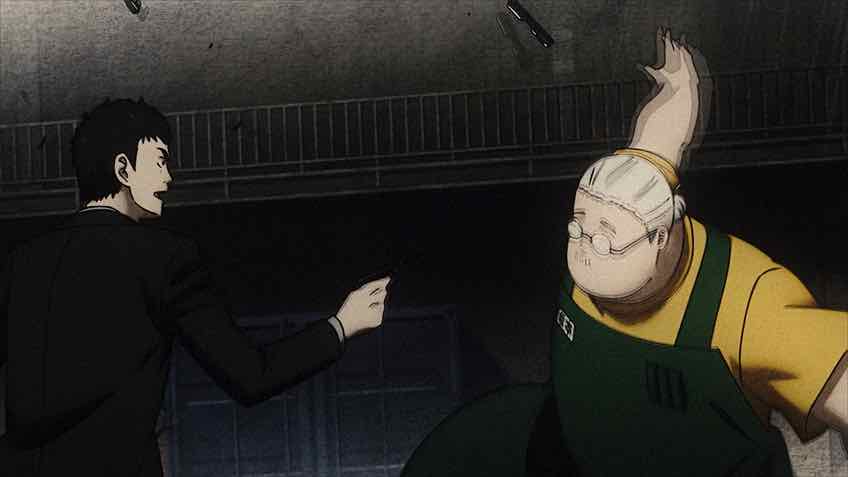
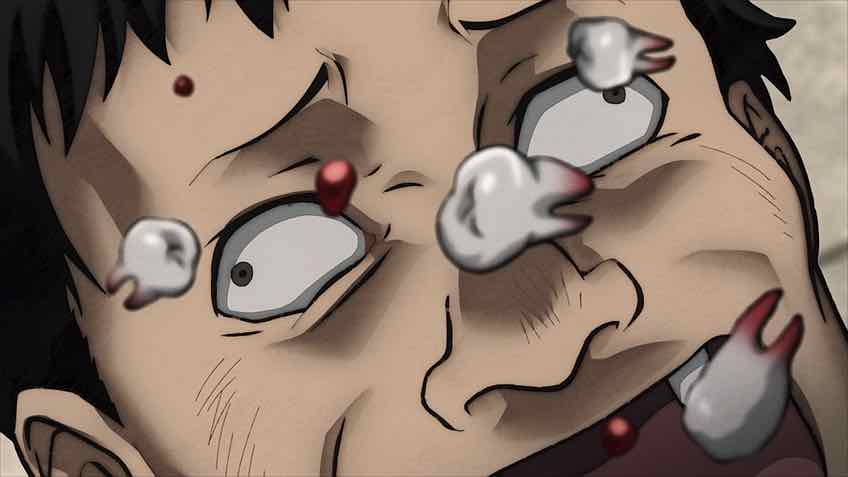
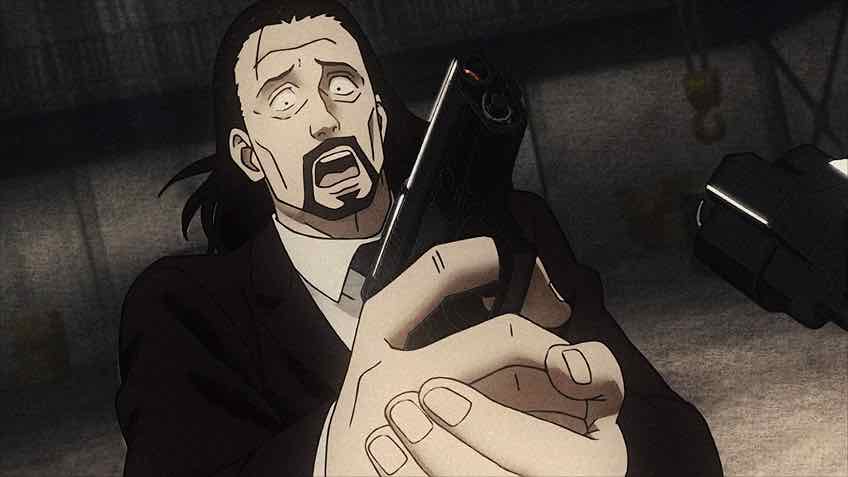
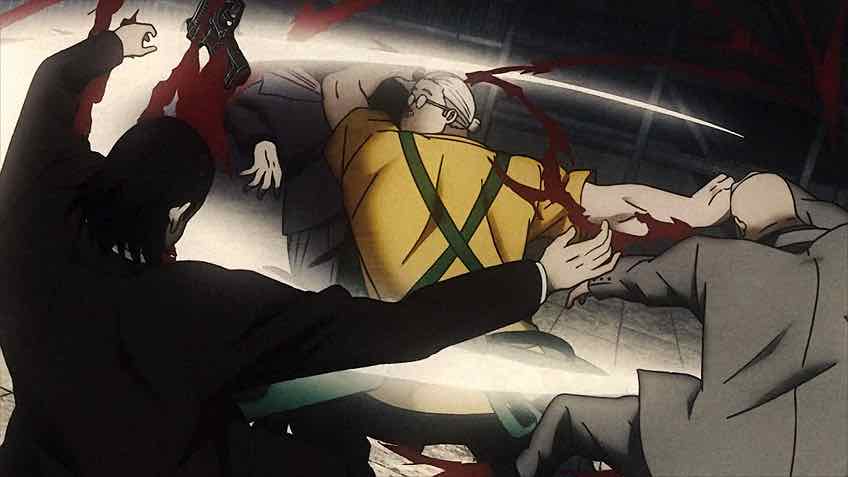
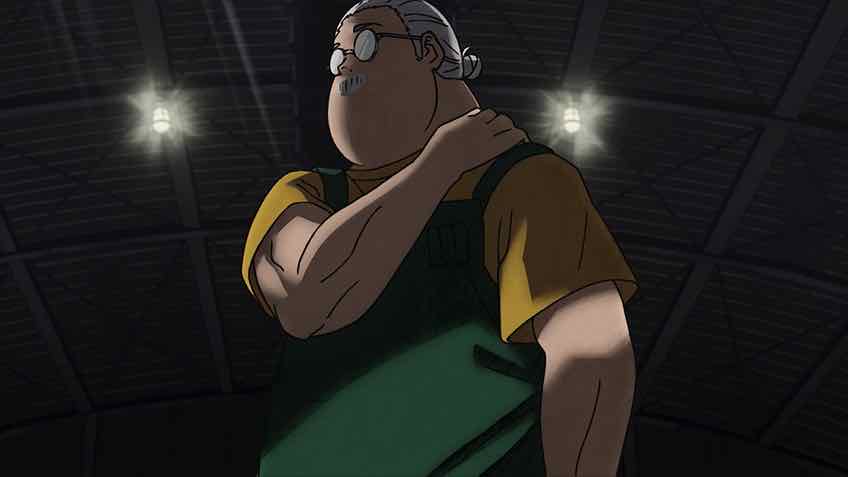
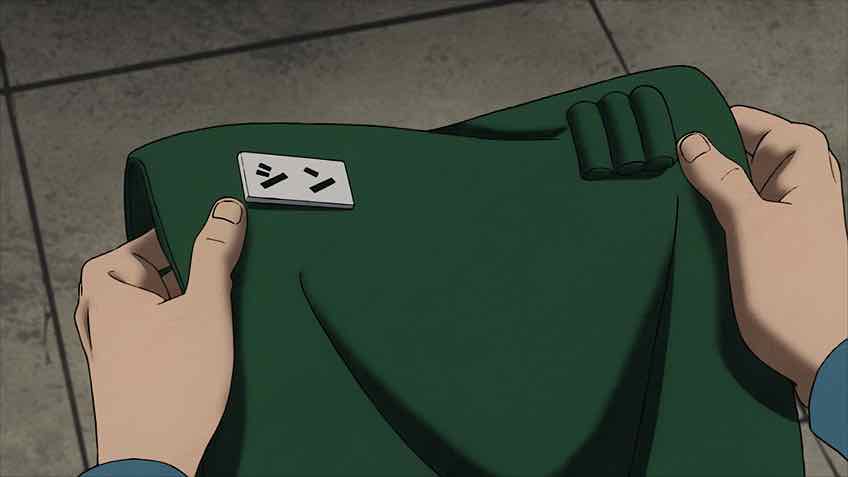

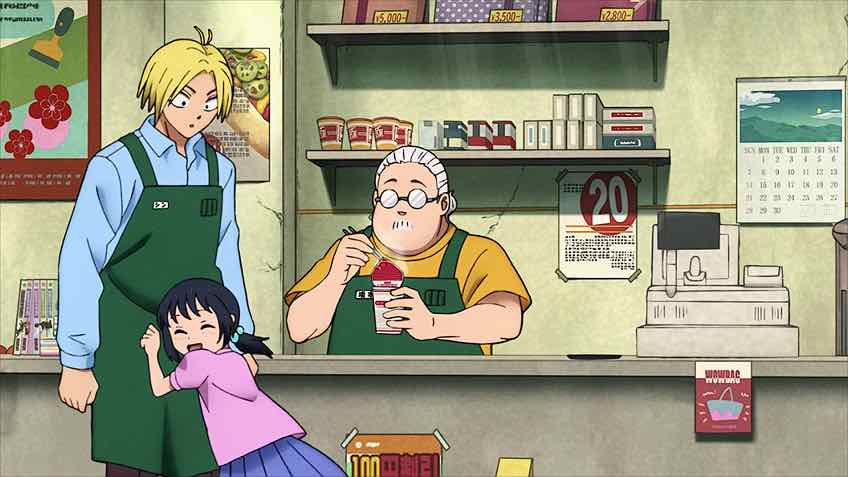
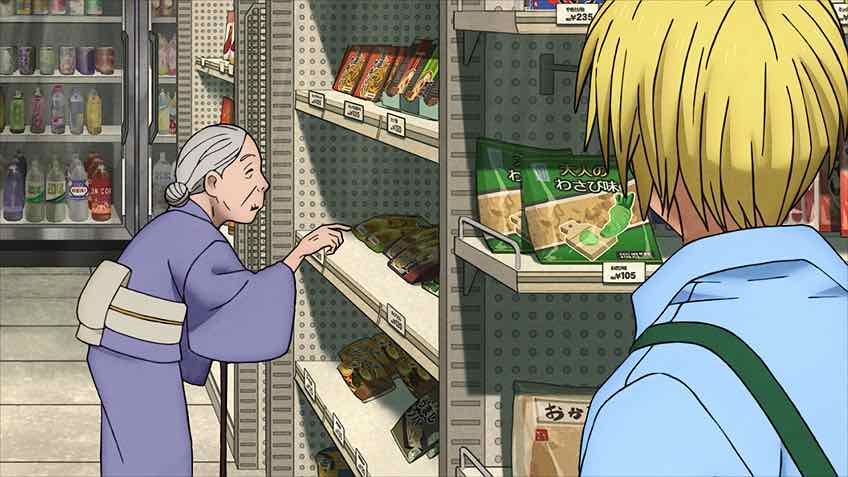
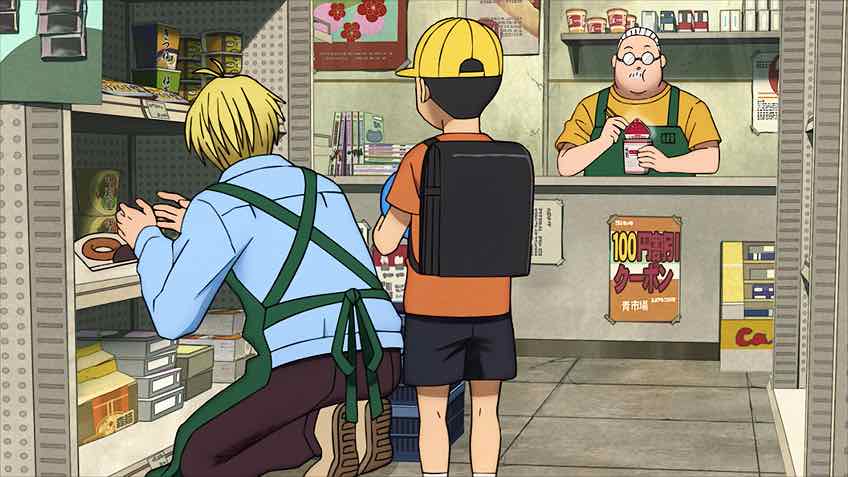
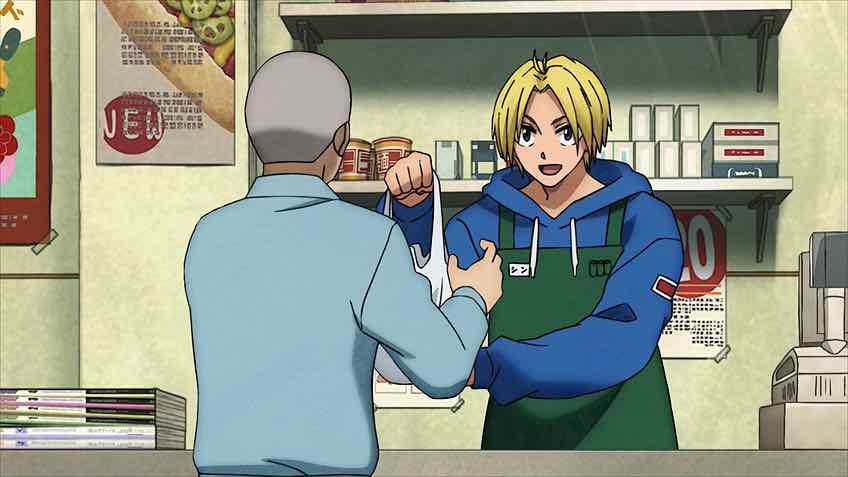

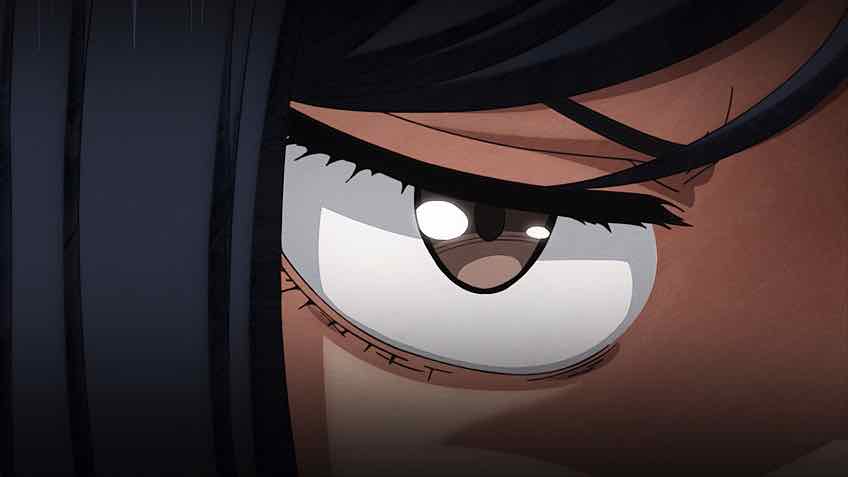
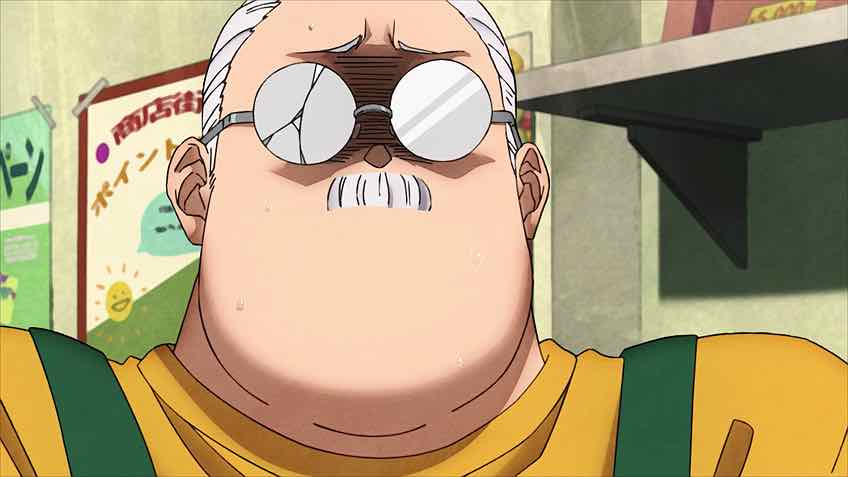
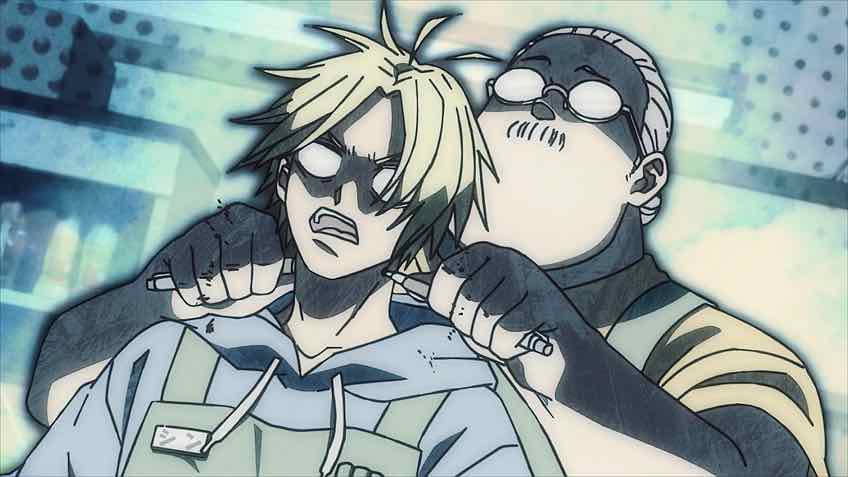

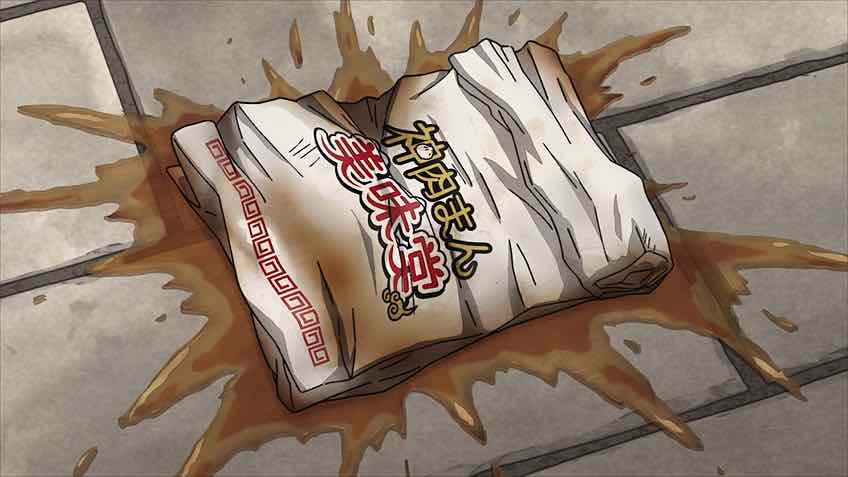

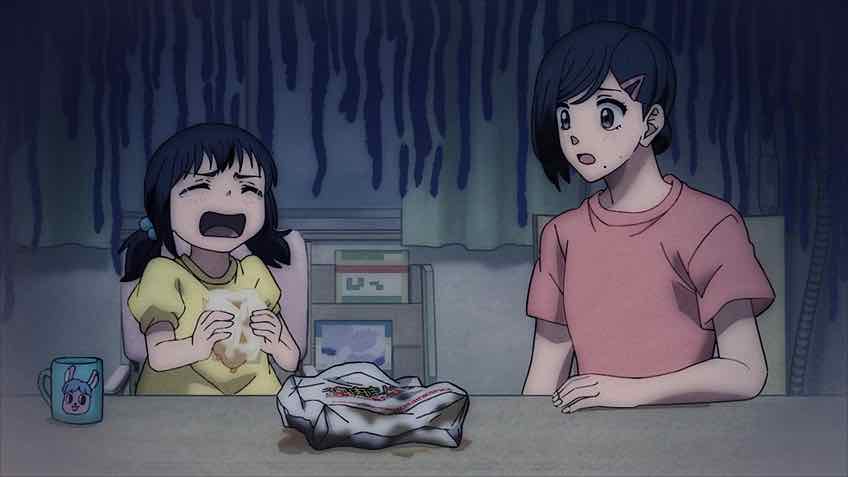
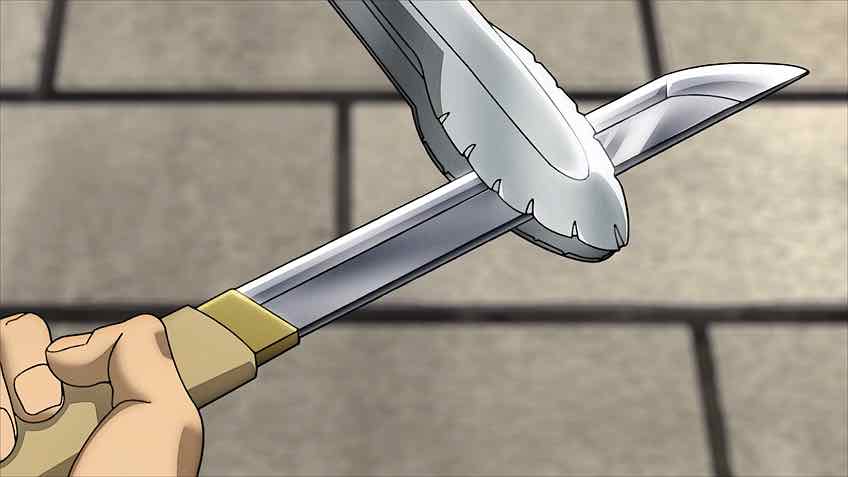
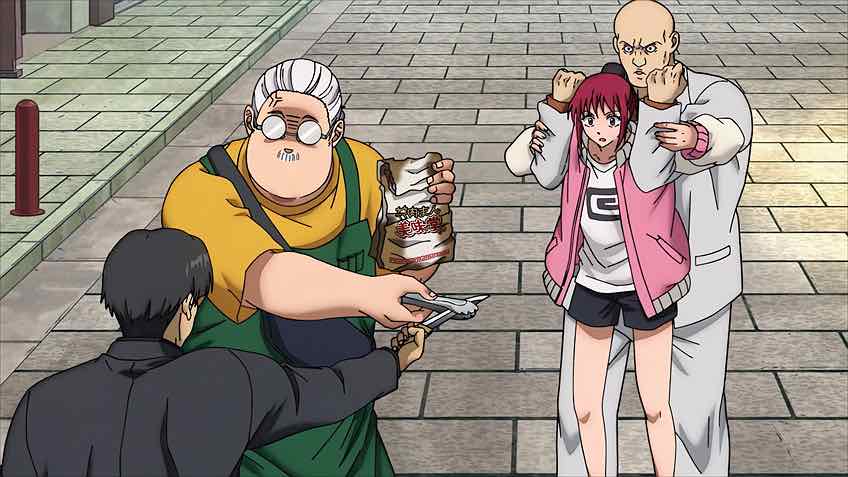


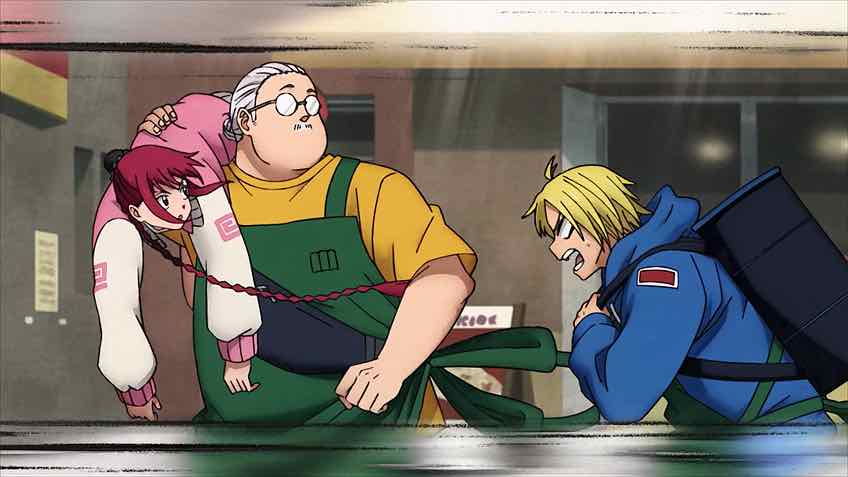
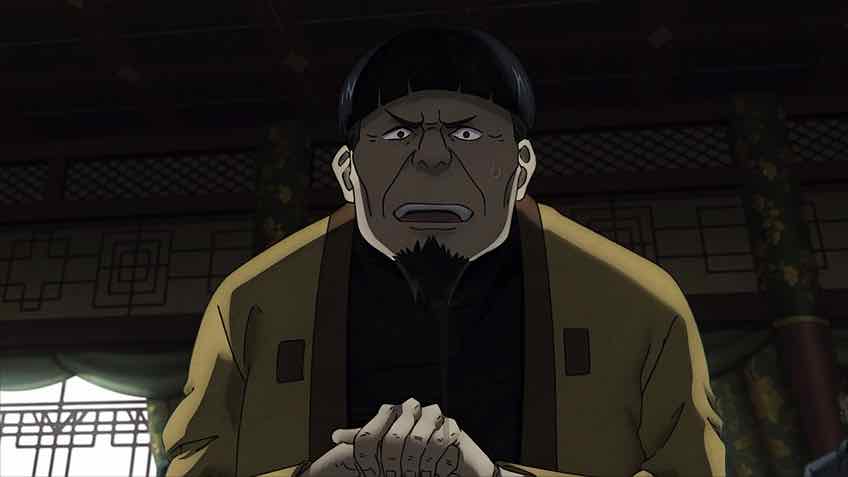
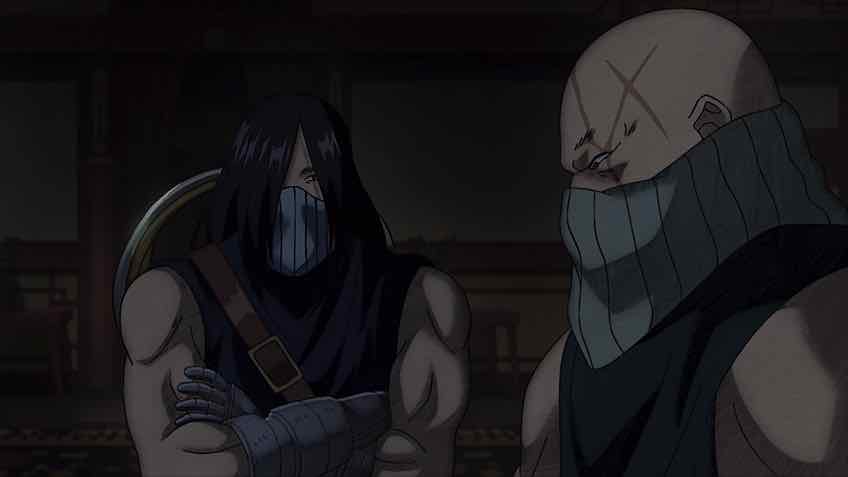
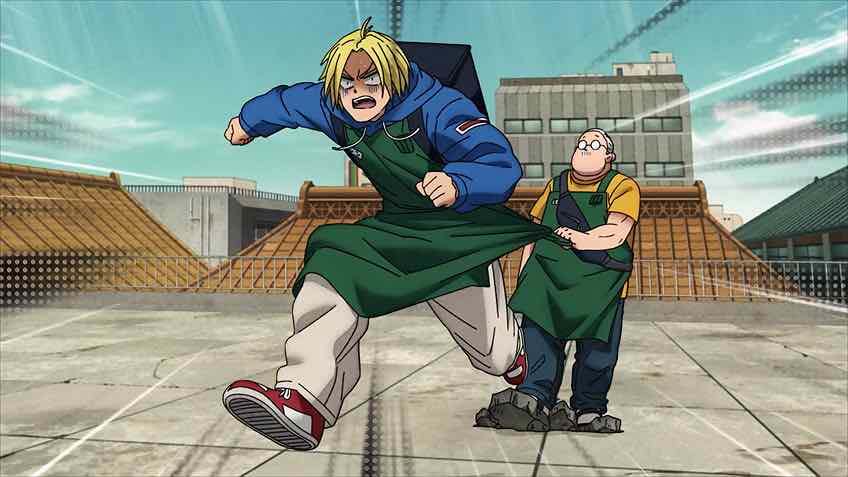
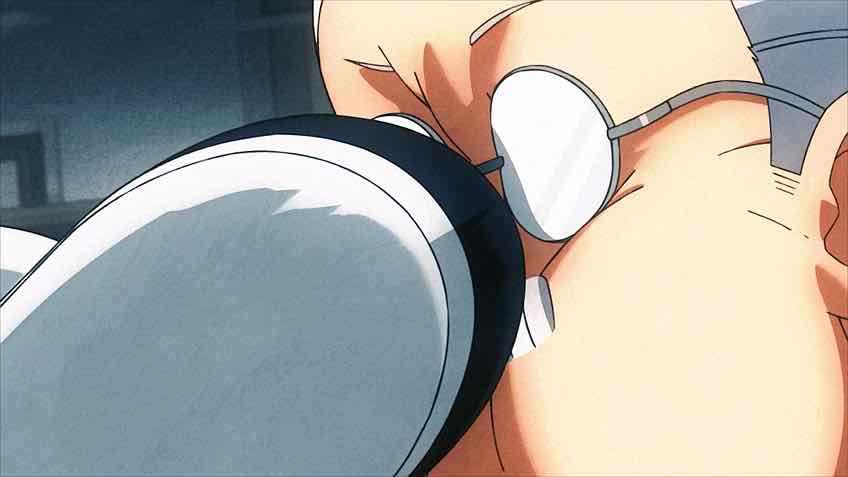
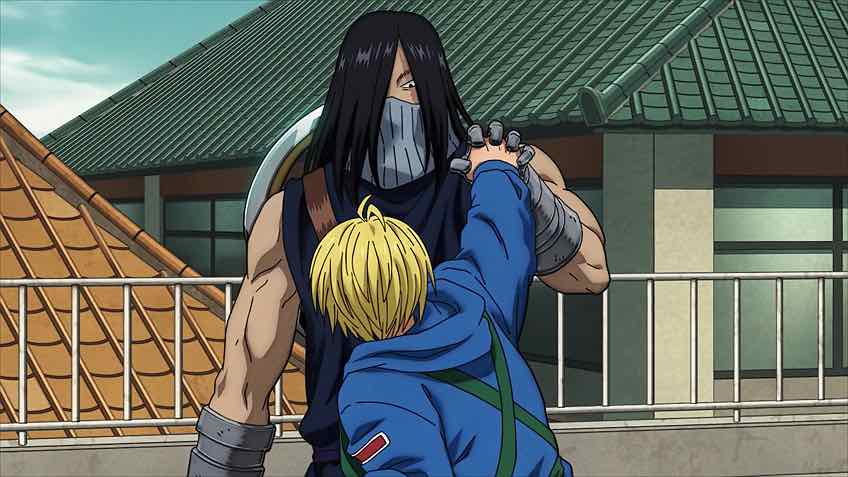
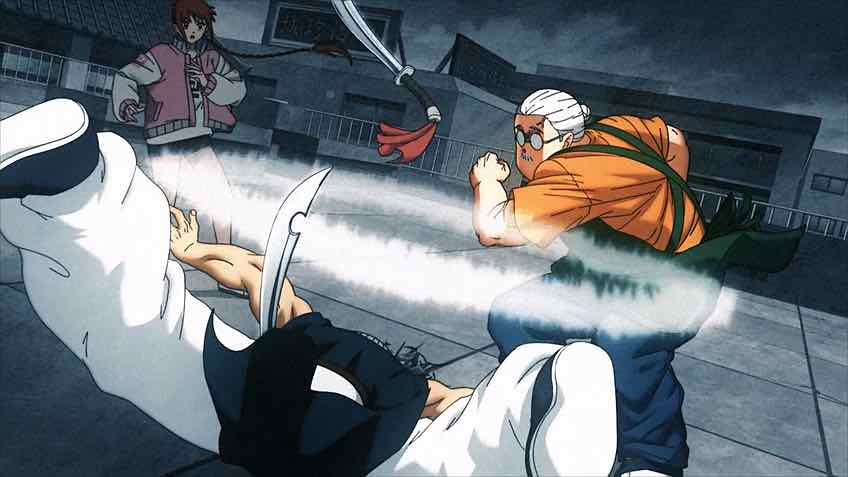
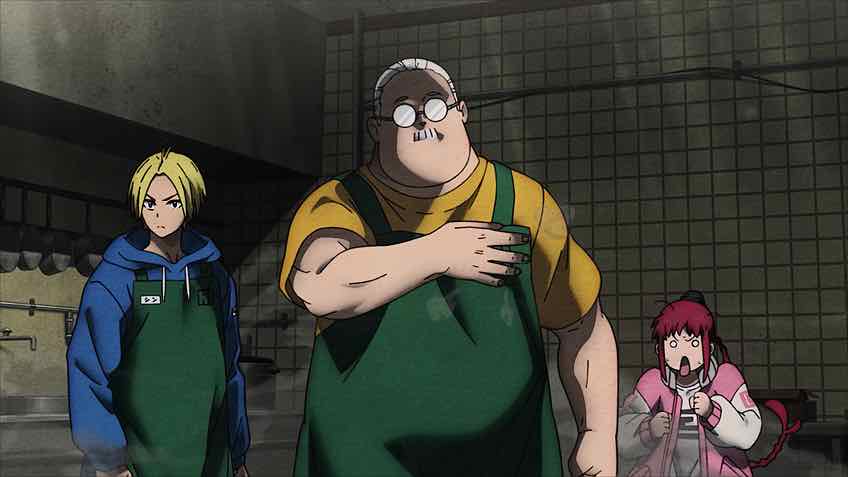
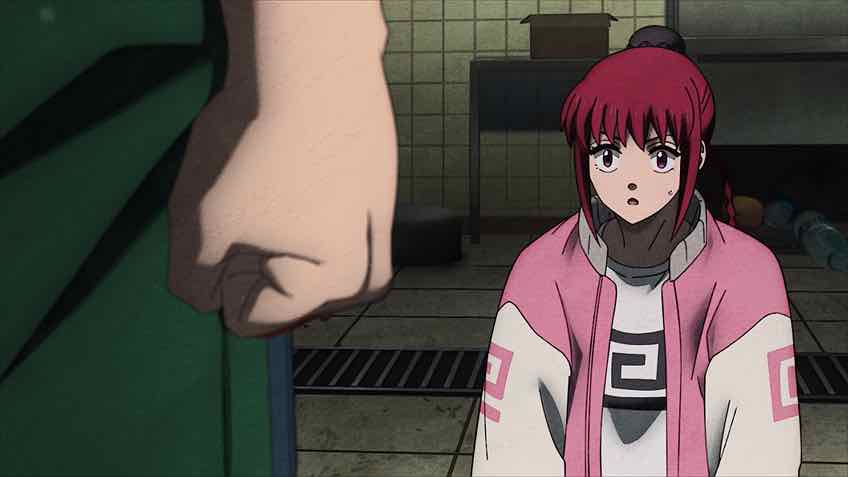

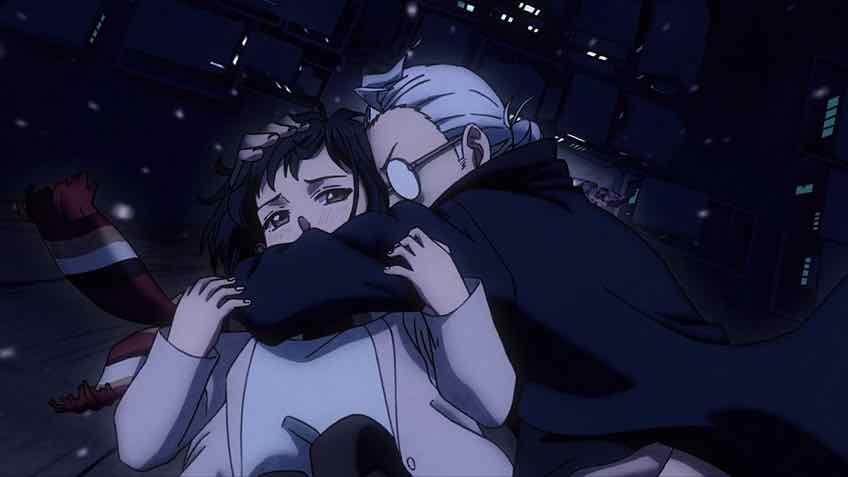
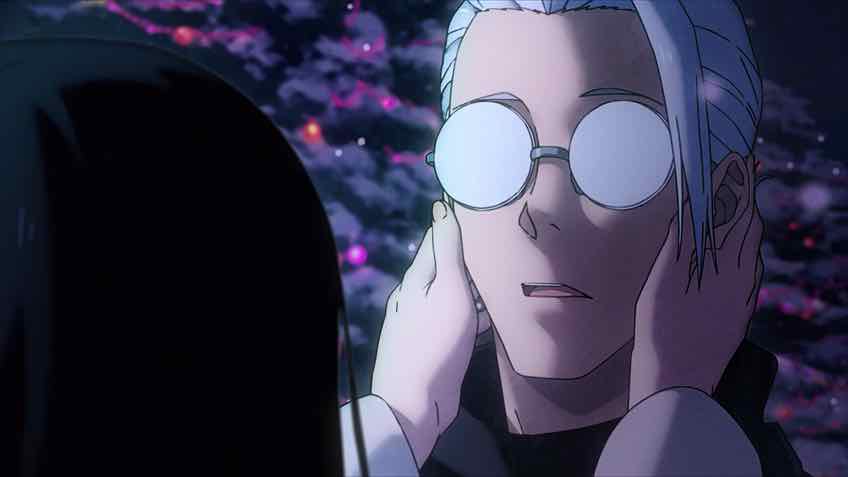

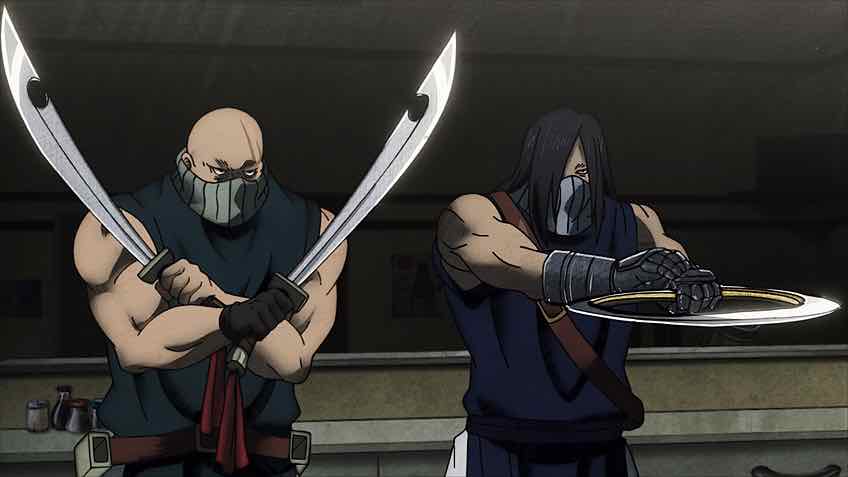
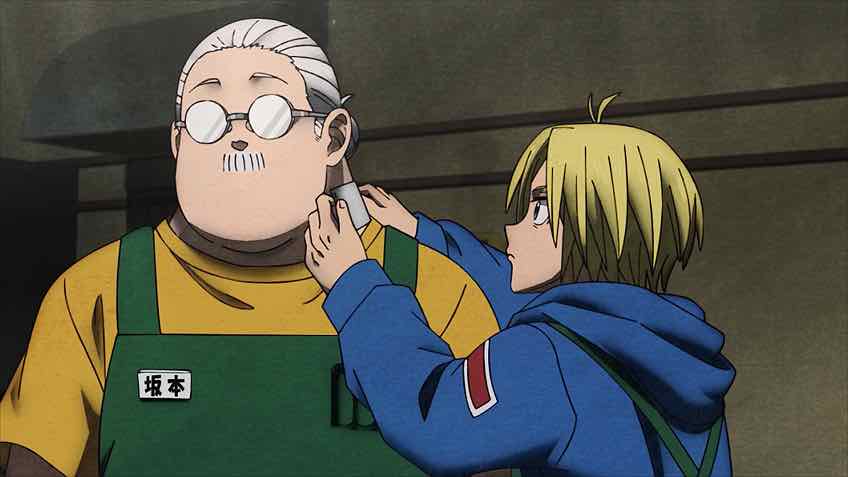
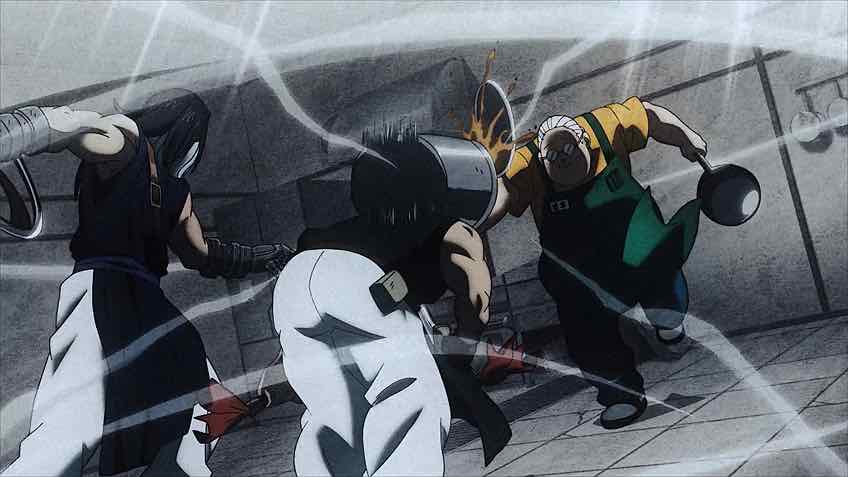

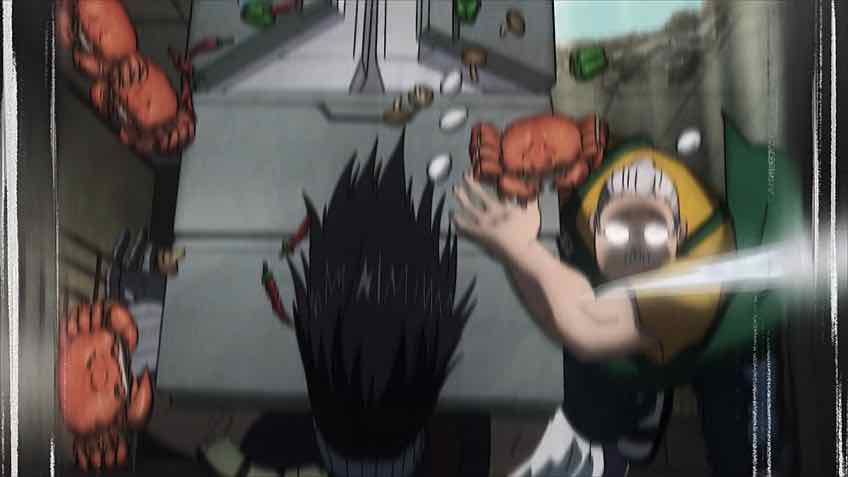
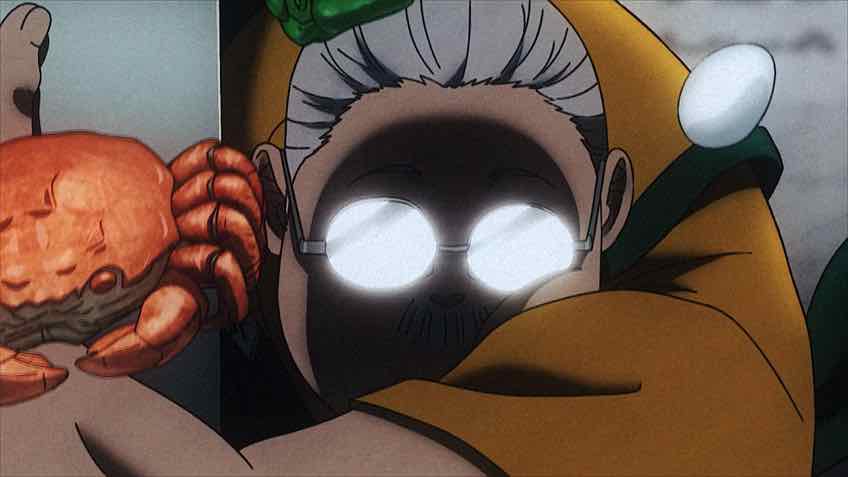


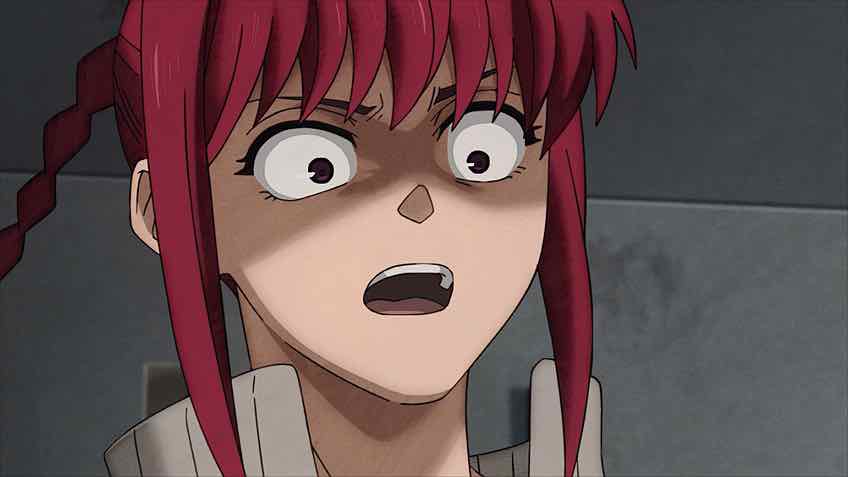

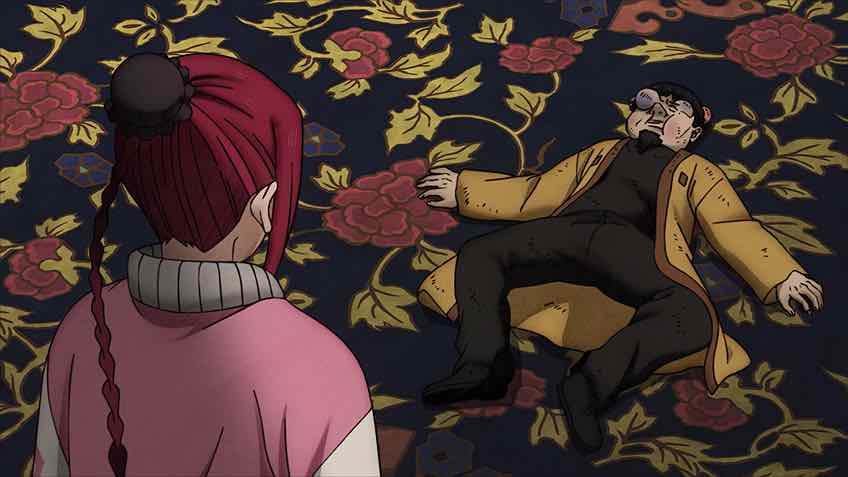
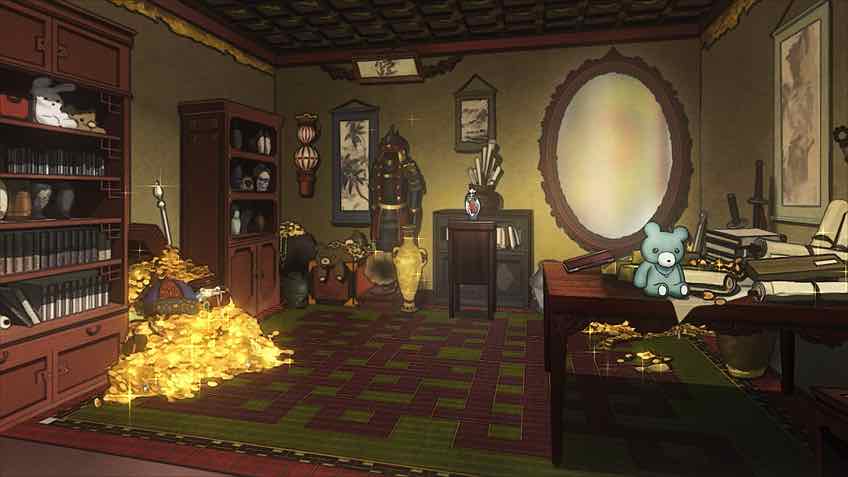


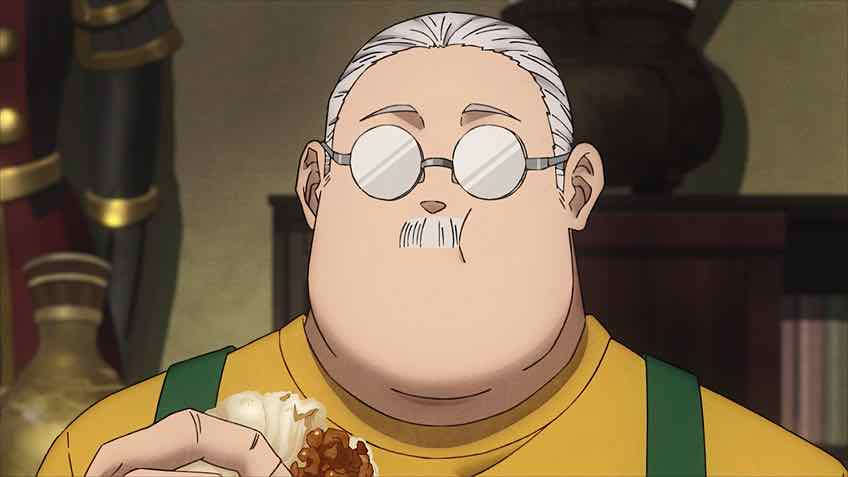


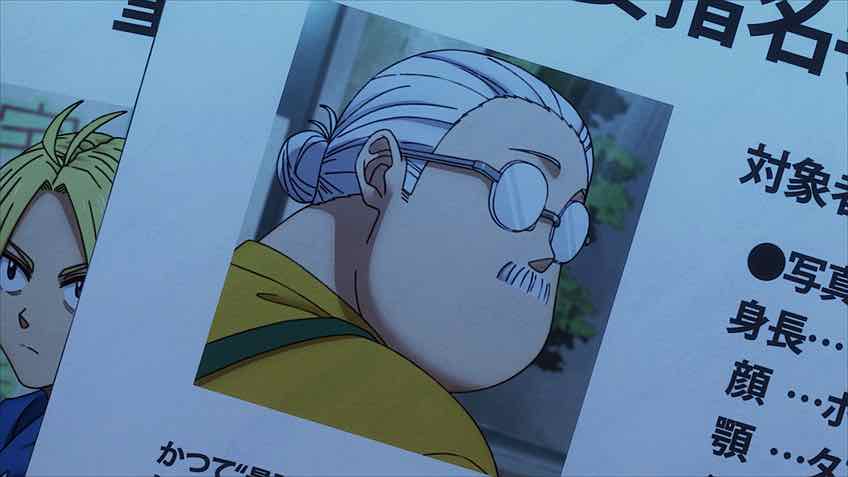


Simone
January 12, 2025 at 11:53 pmNetflix and weird anime release schedules, name a more iconic duo. They *just* got over their “fuck weekly releases, dump everything for a binge watch after all the hype has died down” era and now they enter their “split double premieres across two weeks thus introducing a one week lag for the rest of the season” era. First with Blue Box and now with this. Oh well.
The first episode looks fine, but I’ve seen people already be a bit disappointed by the second. I don’t want to be too negative (and as you say, the low expectations might actually have made this look better in perspective) but it’s still hard to feel very excited about this adaptation. I don’t think Sakamoto Days as a story has anything deep to say, it’s really just all about assassins being cool and sometimes funny, so execution is paramount, in terms of both action style and comedic timing. This is not a show that can sustain itself on the strength of its writing alone.
Guardian Enzo
January 12, 2025 at 11:59 pmFeh, there’s nothing wrong with the second ep and no sizable gap in production values between them. People need to just get a life.
sonicsenryaku
January 13, 2025 at 2:15 amAll that being said of Netflix, I’m happy to see how much they’ve improved over the years and what they’ve become for anime distribution overall. In a perfect world, I’d like for them to use their position in anime production committees to ensure more healthier productions rather than seemingly being passive to the problem, but that’s a discussion for another day.
Back then, I think the whole, “we’re gonna incarcerate this currently airing anime from legal streaming for months on end until we can release the entire season for your binge-watching pleasure” was done because 1. it was the model that made them the icon of streaming services and they didn’t consider how that would affect the community of anime viewers ability to indulge in what was still a niche form of entertainment; and 2.(probably the more significant reason) They so badly wanted to have multiple dub and subtitle tracks available for their acquired anime. In regards to the latter, having those additional tracks available off rip plays a pivotal role in making anime more accessible and wide-appealing because of course that matters to Netflix if they’re trying to profit from anime. Hell, I’ll go on a limb and say that this desire to profit from anime in this way is why Netflix has been a key player in a list of other reason outside of them as to why anime is becoming so mainstream (an interesting topic to do further research on, no doubt).
Dandadan, as awesome of a show as it is on its own merits, owes some of its fast growing popularity among fans (obvious meme-ing power of its opening notwithstanding) to the availability of multiple language tracks on weekly episode releases that made it possible to reach diverse populations of anime fans; and now Sakamoto Days also seems to be on the same potential trajectory as well for similar reasons (even Ranma’s reboot benefitted from this). Despite their odd episode release quirk here and there (because of course old habits die hard), Netflix has kinda landed on a formula for making hit seasonal anime reach a wide audience and from the looks of things, it’s working
Simone
January 13, 2025 at 4:49 amOh, I do agree about the reason for Netflix’s model. The general issue is simply that they applied the same logic that worked for their live action TV show to anime, without realising that anime had its own community that tends to care a lot more about following stuff as it comes, and that makes the cycle fast enough that the binge model essentially lost them viewers. I’m kidding a bit, honestly this is nowhere near as bad, and it would not be bad at all if e.g. r/anime and such had the patience of delaying the discussion threads until the official release.
Sonicsenryaku
January 13, 2025 at 7:27 amOh I know you were just clowning; and if we’re being real, Netflix’s old ways were every bit as odd and contentious as we remember it. I’m just happy to see they’re finally figured out how to execute a weekly anime distribution schedule fitting of their streaming practices, making their acquired anime reach a widespread audience in a way other services just can’t do right now; it’s definitely an interesting phenomenon to see be taking effect in the sphere of anime
Guardian Enzo
January 13, 2025 at 9:15 amBut you know, if it’s a Netflix–produced (and not just distributed) show they still do the dump thing a lot. TP Bon, Rising Impact, and already this year Beastars come to mind. I’ve been on the record for a long time that their net impact on anime is positive, but that problem hasn’t gone away.
And I still hate it.
Sonicsenryaku
January 13, 2025 at 10:33 amSorry, but as a degenerate binge-lover of the highest order, I can’t totally get behind your hate, but I do empathize with it given the headache it causes with blogging
Joshua
January 13, 2025 at 3:35 amConsidering that recent Bloomberg article expose on Crunchyroll, it feels like Netflix is only going to get even bigger in mindshare and growth compared to CR’s continued struggle, because the more that competition grabs the highest profile shows that will get more attention and views like Sakamoto Days, Ranma, DunMeshi and Medalist, the more CR will be forced to acquire the scraps and their service will suffer as a result quality-wise. They after all are struggling to find a new lucrative franchise that can be milked after their big franchises they held for so long concluded and are burning bridges with other partners in the process.
I have no doubt that Sakamoto Days will most certainly be the biggest show of this season, if not this entire year, but it pains me that this is going to be popular even with so many corners cut in its production. The belief only a few years prior was that Netflix and other streamers would pay companies upfront more than usual for streaming shows for their services, but it seems like now, those same companies are not only tightening their wallets, but even slashing costs across the board in budgets.
I think TMS saw that with such a viable IP, they believed they could get away with slashing the budget more and more, just to increase those profit margins even at the expense of quality, because casual audiences would flock to it anyways as long as it’s “good enough”. And what I saw had all the signs of the staff cutting enough corners to save as much cost as possible. And unfortunately, it may be working.
Bob
January 13, 2025 at 5:07 am>It may not have been a sasuga fest
Sakuga. Though an anime where all of the characters say “as expected of” a bunch sounds amusing.
Simone
January 13, 2025 at 6:28 amThat would be “Overlord”.
Guardian Enzo
January 13, 2025 at 9:18 amI’m surprised I don’t do that typo more often, frankly.
L0_ken
January 13, 2025 at 6:59 amThings is, pretty quickly into the series, I believe after volume 2-3 comedy and SoL gets significantly, nearly fully reduced for the sake of full-blown shounen battles with very cool and well-choreographed fighting sequences. They are the primary source of popularity, other aspects here are merely serve action scenes. So while episode 1 and 2 are decent for action, the bar for them will get way higher in not some distant future (maybe cour 2) when main plot kicks in. And unless TMS is putting all of their effort for future episode, this adaptation aren’t likely to properly succeed in it’s job.
Joshua Kim
January 13, 2025 at 1:25 pmThat’s precisely what the problem is going to become down the line if TMS continues their budget slashing, corner cutting mentality that was so evident here. Deliberately going on cost-cutting to the detriment of its production feels just as egregious as troubled productions that break down, and companies believe they can get away with this in order to increase their profit margins regardless of quality. An entire season that’s full of similar corners cut wouldn’t be a good look for this adaptation.
Simone
January 13, 2025 at 4:43 pmI’d just like to point out for anyone worrying too much that while the SoL angle gets played down, the offbeat, slightly absurdist comedy stays, and is in fact one of the series’ strong points. It generally doesn’t take itself too seriously. But of course that only makes expressiveness, dynamism and timing all the more critical. A good gag doesn’t hit as well if it’s not well timed, a good action gag even less so.
Twig
January 14, 2025 at 3:44 amI feel like this was exactly what it needed to be. A fun and breezy watch with some good gags, action, and likeable characters. That’s quite literally all the source material is. For me, Sakamoto hits that nice little spot that vintage titles like City Hunter did where they’re just consistently entertaining without having to do anything profound or groundbreaking and for some reason it just works (mostly). I don’t think this series does enough to be on the level of a Dan Da Dan or Chainsaw Man in terms of a massive breakout hit, though. But I also never would have thought something as plodding as Oshi No Ko (first episode notwithstanding) would be either, so my perception of what makes a huge show is probably faulty.
This obsession with everything needing to be “sakuga” is kind of a silly mindset. I think there are ways to deliver satisfying action sequences in an anime beyond throwing smears, kagenashi, or impact frames all over a sequence. The direction of the fights here kept the playful vibe of the source material with how Sakamoto moved and was generally presented, and the choreography was very solid despite the obvious lack of production resources in comparison to other popular Shonen. Will it stay that way going forwards? I don’t know, but I’d rather wait and see instead of doompost about it online.
Guardian Enzo
January 14, 2025 at 6:09 amYeah, it just seems like a lot of people are pot-committed to this being a disaster and are never going to be persuaded otherwise no matter what happens.